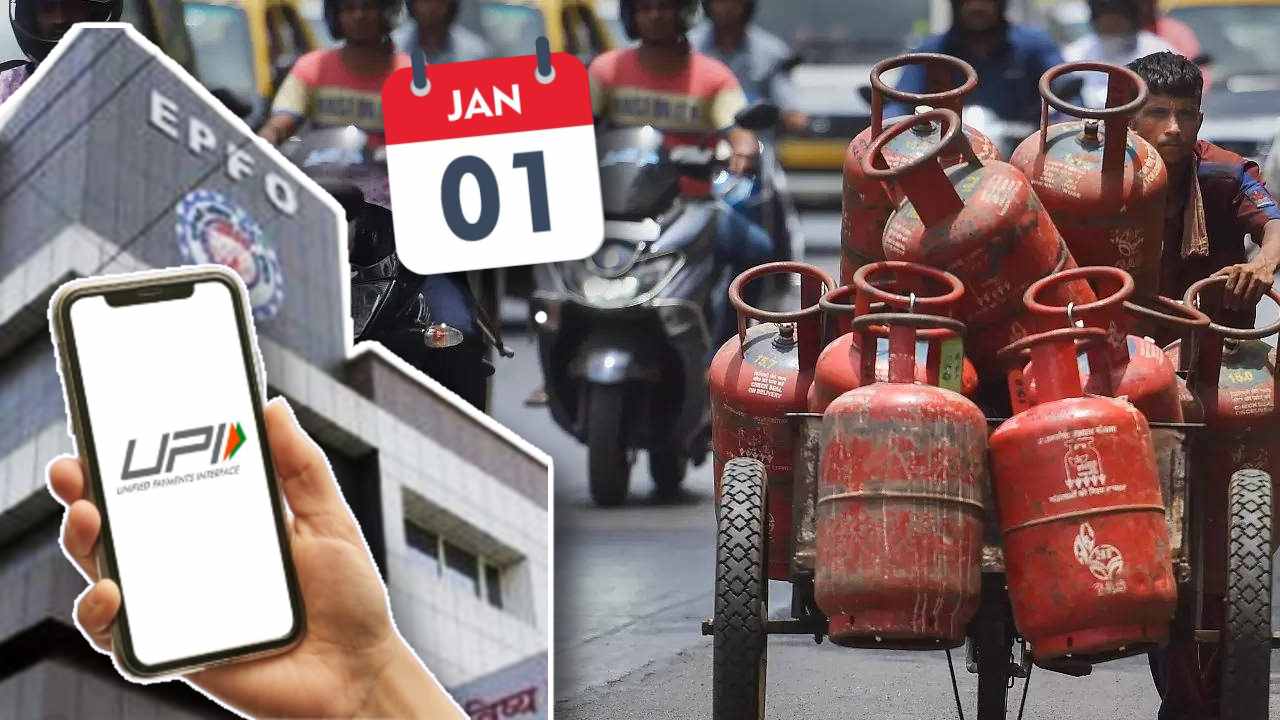The emergence of green finance—financial investments designed to bolster environmentally responsible and sustainable initiatives—has increasingly become a pivotal component in catalyzing India’s renewable energy ambitions. With the nation committed to achieving 50% of its total power generation capacity from non-fossil fuel sources by 2030, a staggering ₹32 trillion is set to be allocated by various financial institutions and corporations towards renewable energy projects by that time. Consequently, 2025 presents an unparalleled opportunity for investors looking to engage in this sector.
Renewable Energy Capacity Expansion
India is on track to connect an unprecedented 35 gigawatts (GW) of solar and wind energy to its grid by the close of FY25. This projected growth is notable when considering that the total renewable energy capacity stood at 153 GW as of August 2024. In just the initial five months of the fiscal year (April-August), 10 GW was added, underscoring the rapid expansion of renewable energy infrastructure.
The first quarter of FY25 illustrated the momentum of this transition, with 71.5% of the newly installed 13,700 megawatts of power generation capacity originating from renewable sources. This trend marks a decisive step towards India’s long-term renewable energy goals.
Although solar energy experienced a downturn—growing at the slowest pace in six years during the first half of 2024—optimistic forecasts project the addition of 30 GW of solar capacity in the upcoming fiscal year, thereby reversing this decline.
Investment Commitments and Financial Influx
The renewable energy landscape is witnessing significant influxes of capital, with major banks, developers, and international investors committing sizable investments into the sector. Leading financial institutions have pledged $386 billion towards renewable projects scheduled for completion by 2030, a vital leap towards doubling India’s clean energy capacity over the next decade.
Private sector giants are also exhibiting commitment to this green revolution. For instance, Reliance Industries aims to add 100 GW of renewable capacity by 2030, with Adani Green Energy targeting an additional 38.8 GW. Collectively, these initiatives are projected to elevate India’s non-fossil fuel capacity by approximately 570 GW, with a sizable portion ready for development by 2025.
Shifts in Investor Perception
Traditionally, many investors were deterred by the notion that sustainable investments yield inferior returns. This perception has undergone a significant transformation. Today, green finance is recognized as a lucrative avenue that contributes positively to climate objectives.
Financial instruments such as green bonds and sustainable investment funds have gained popularity in India. For instance, the state-owned REC Ltd launched green bonds as part of its $10 billion global medium-term notes program, enabling it to raise capital for various renewable energy projects.
With India’s ambitious goal of achieving 500 GW of renewable energy by 2030, green finance will remain integral to the success of these initiatives, with estimates suggesting that investments totaling $10.1 trillion will be required by 2070 to meet net-zero targets.
Government Backing and Policy Initiatives
The Indian government actively promotes green finance through a range of policy measures and regulatory frameworks. One prominent initiative is the introduction of a production-linked incentive (PLI) scheme, aimed at enhancing domestic photovoltaic module manufacturing to support renewable energy objectives.
Additionally, the power ministry has fostered collaboration among developers and financial institutions for renewable projects. In a noteworthy development in September, agreements amounting to ₹1.12 trillion were signed with renewable energy developers for projects encompassing solar and wind hybrids as well as round-the-clock and floating solar endeavors.
Strengthening grid infrastructure is also a focal point for the government. The latest budget allocated $2 billion towards grid enhancement measures, including the Green Energy Corridor designed to facilitate the efficient evacuation of renewable energy from grid-scale projects. This allocation illustrates a 16% increase over last year’s budget and addresses the critical challenges of grid congestion, a significant bottleneck in renewable energy absorption.
Why 2025 is Set to be a Transformational Year for Green Investment
Several pivotal factors position 2025 as an ideal year for investing in India’s green energy finance sector:
- The trajectory towards expanding renewable energy capacity by 2030, particularly in solar and wind, necessitates substantial financial investment, presenting ample opportunities for green energy finance stocks.
- As the renewable energy sector evolves rapidly, innovations in energy storage, grid management, and clean energy technology are set to enhance cost-effectiveness and efficiency, driving better returns.
- The Indian government’s unwavering support and favorable regulatory environment bolster investor confidence while decreasing associated risks.
- International commitments, particularly the pledge by developed nations to enhance climate finance contributions to $100 billion annually by 2025, stand to benefit India and its burgeoning green energy sector.
Key Players in Green Energy Finance to Monitor in 2025
Here are five prominent companies shaping India’s green energy finance landscape, each boasting unique advantages:
#1 Indian Renewable Energy Development Agency (IREDA)
IREDA is a government-owned entity dedicated to promoting and financing renewable energy projects. Recently, it launched IREDA Global Green Energy Finance IFSC Ltd in GIFT City, Gujarat, to reach international markets and provide competitive funding for renewable projects.
#2 Rural Electrification Corporation (REC)
REC plays a pivotal role in financing a variety of renewable energy projects throughout India, including hybrid systems and interstate transmission. It aims to expand its green finance portfolio to ₹3 trillion by 2030.
#3 Power Finance Corporation (PFC)
In a landmark move, PFC raised $1.3 billion through a foreign currency term loan targeted at financing green energy projects. Its increasing role in the renewable sector and commitment to funding diversification present excellent investment prospects.
#4 Indian Railway Finance Corporation (IRFC)
Focused on funding green projects within Indian Railways, IRFC is enhancing sustainability through initiatives such as solar installations at railway stations and financing electric locomotives.
#5 Tata Power
Through its subsidiary, Tata Power Solar, the company has established collaborations aimed at streamlining financing for rooftop solar installations and EV charging stations, reinforcing its reputation as a leader in green energy solutions.
Challenges and Future Prospects
Despite the promising rise of green finance in India, numerous challenges remain. These include transmission bottlenecks, land acquisition hurdles, and inefficiencies within the distribution system. For instance, delays in connecting renewable projects to the grid due to congestion represent substantial obstacles.
Certain industries, especially steel, cement, and fertilizers—accounting for nearly 21% of India’s total emissions—pose additional challenges due to high emission levels stemming from industrial processes rather than energy consumption. Transitioning these sectors to cleaner alternatives remains complex, given the thermal requirements and limited scalable tech.
The introduction of a carbon market and stringent emission targets could catalyze change by pricing carbon effectively, driving the industry towards more sustainable practices.
In spite of these hurdles, India’s ambitious renewable energy objectives—aiming to add 44 GW annually through 2030—suggest significant opportunities exist for savvy investors willing to navigate this intricate landscape.
Conclusion
Overall, India’s green energy sector is set to evolve into a dynamic investment frontier. Its appeal to industrialists and investors alike, bolstered by government initiatives focusing on sustainability, positions companies for robust growth. With financial institutions already committing $386 billion to this sector, 2025 is poised as a critical juncture for investments in green energy.
However, it is vital for investors to conduct comprehensive research, ensuring their investments align with personal financial goals and risk tolerance levels.
Disclaimer: This article serves informational purposes only and should not be construed as a stock recommendation.












